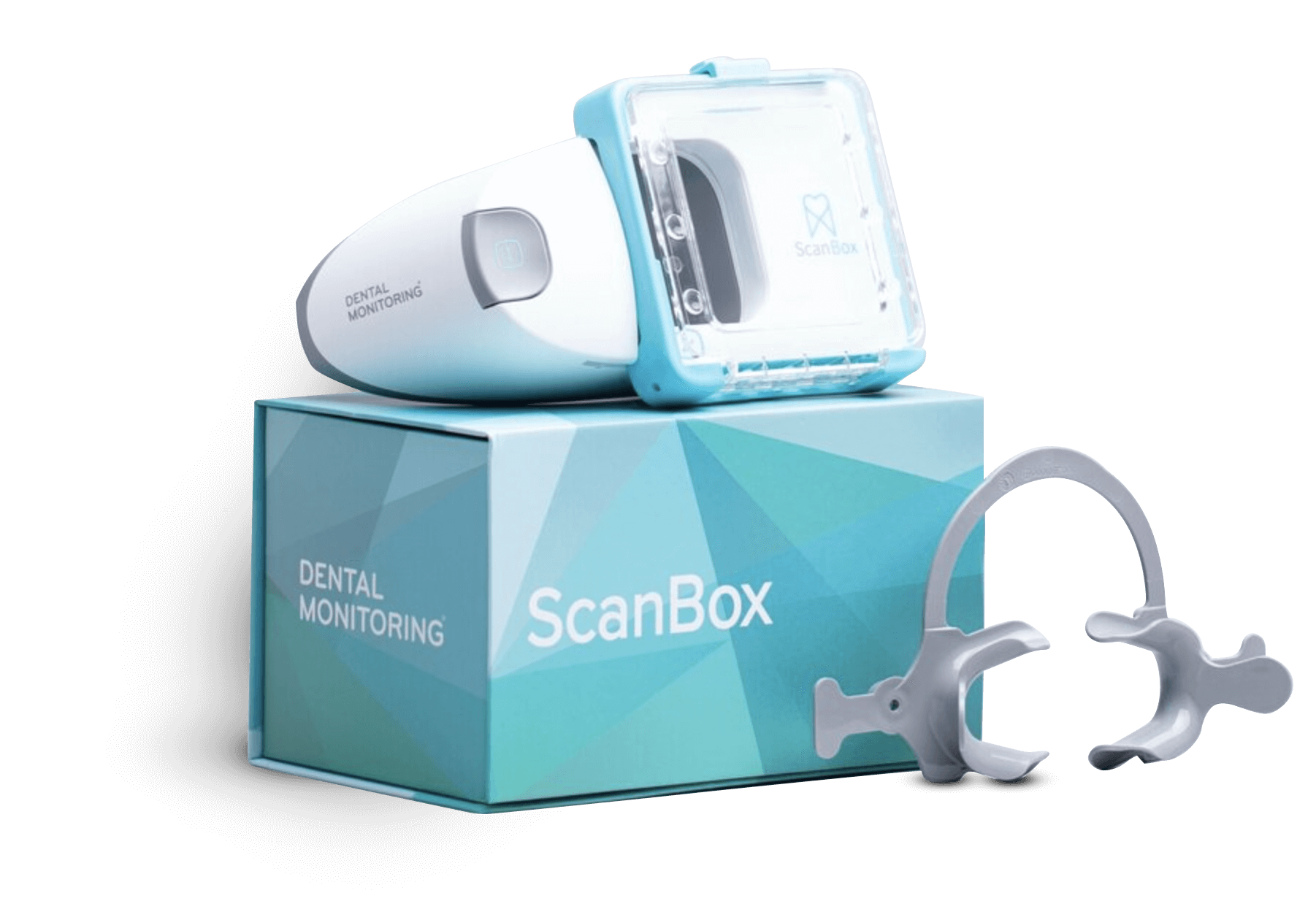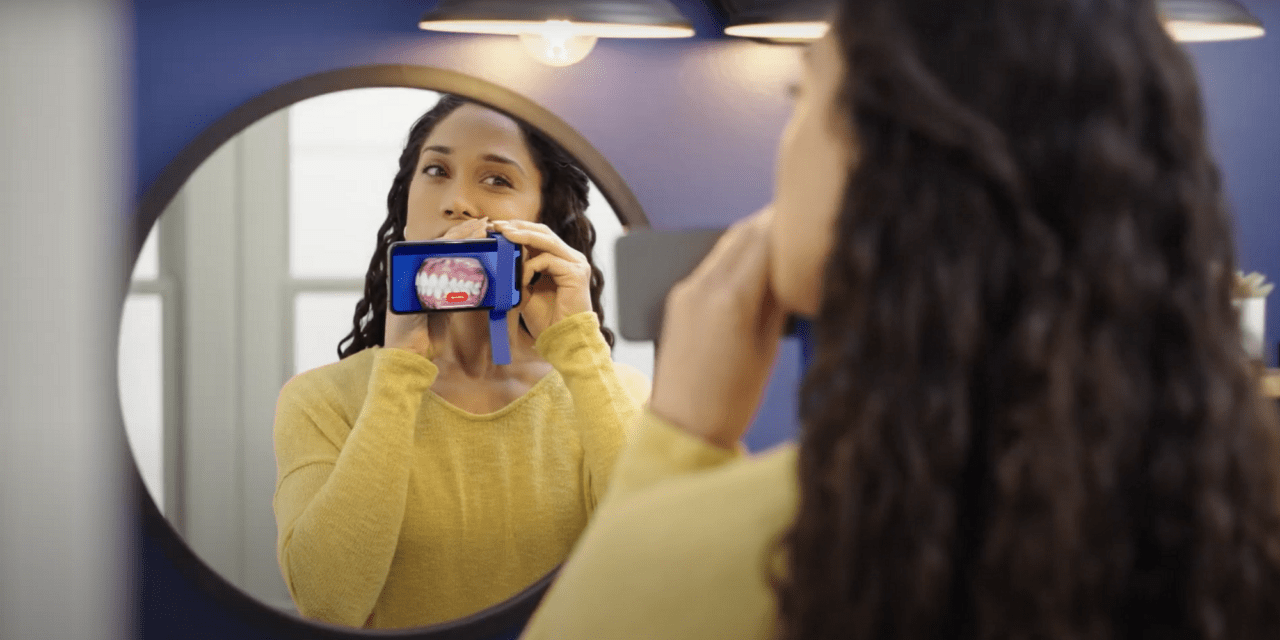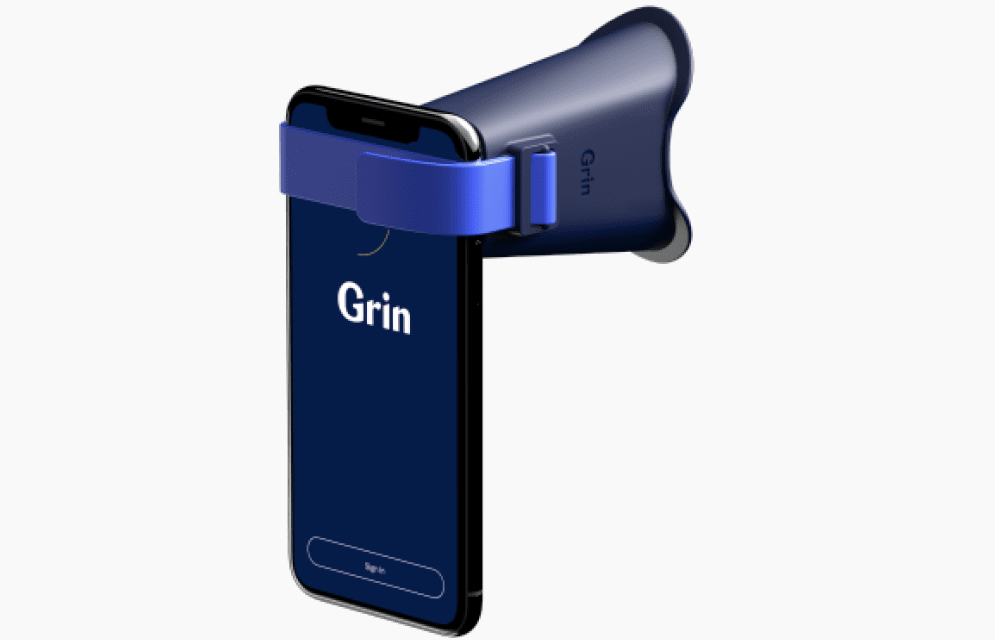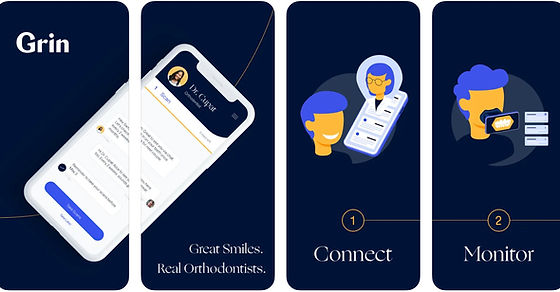What is Virtual Monitoring in Orthodontics?
Virtual monitoring in orthodontics, also known as remote treatment monitoring, represents a significant advancement in how orthodontic care is delivered. Utilizing digital tools and software, orthodontists can remotely oversee and manage orthodontic treatment, making it possible to track patient progress, adjust treatment plans in real-time, and communicate effectively without the need for frequent in-person visits. This approach complements traditional orthodontic appliances, such as metal braces, ceramic braces, and clear aligners, enhancing the overall treatment experience and providing a more streamlined and efficient process.
Benefits of Virtual Monitoring for Orthodontic Treatment

1. Convenience and Accessibility
One of the most compelling benefits of virtual monitoring is the convenience it offers to patients. Traditional orthodontic treatments often require regular orthodontic appointments, which can be time-consuming and inconvenient, especially for individuals with busy schedules, work commitments, or those living in remote areas. Virtual monitoring alleviates these challenges by allowing patients to complete check-ins from the comfort of their own home or while on the go. This not only saves valuable time but also reduces the stress and logistical issues associated with scheduling and attending in-person appointments.
Patients can utilize a virtual treatment monitoring app or platform to upload photos, provide updates on their progress, and communicate directly with their orthodontist. This seamless integration of technology ensures that patients can stay connected and engaged in their treatment journey without the need for constant travel. The convenience of virtual monitoring also contributes to increased patient satisfaction, as it makes orthodontic care more accessible and less disruptive to daily life.
2. Personalized Care and Attention
Virtual care and monitoring enable orthodontists to provide a higher level of personalized care. Unlike traditional methods that rely on periodic in-office visits, virtual monitoring allows for continuous remote observation of a patient’s progress. This real-time tracking capability means that orthodontists can make immediate adjustments to the treatment plan based on the latest data. Early detection of issues, such as misalignment or discomfort, allows for prompt intervention, reducing the likelihood of complications and ensuring that the treatment remains on track.
Personalized in-office visits are also more focused and efficient. With detailed progress reports and data from virtual monitoring, orthodontists can address specific concerns and make targeted adjustments during in-person appointments. This tailored approach enhances the effectiveness of the treatment and helps achieve optimal results more efficiently.
3. Advanced Technology and Tools
The effectiveness of virtual monitoring is greatly enhanced by the use of advanced technology and tools. Some of the key technologies involved include:
– Intraoral Scanners:

These devices capture high-resolution, three-dimensional images of the upper and lower teeth and oral structures. Intraoral scanners provide precise digital impressions, eliminating the need for traditional physical molds and improving the accuracy of treatment planning and progress assessment.
– Digital Impressions:
Digital impressions offer a more comfortable and efficient alternative to traditional impression methods. They provide detailed images of the teeth and gums, which are used to create accurate treatment plans and track changes over time.
– 3D Printing Technology:
3D printers are used to create custom orthodontic appliances, such as aligners and retainers, based on the digital impressions. This technology allows for precise and efficient fabrication of orthodontic devices.
– Virtual Reality (VR) and Augmented Reality (AR):
These emerging technologies are used to enhance patient education and treatment visualization. VR and AR tools can provide patients with immersive simulations of their treatment progress and outcomes, helping them understand the impact of their treatment and stay motivated.
4. Treatment Options and Suitability
Virtual monitoring is versatile and can be used with a variety of orthodontic appliances, including dental braces. Additionally, orthodontic headgear can be monitored virtually to assist in correcting malocclusion.
Whether a patient is undergoing treatment with traditional metal braces, ceramic braces, lingual braces, or clear aligners, virtual monitoring can be seamlessly integrated into their care plan. This adaptability ensures that patients of all ages, including children, teens, and adults, can benefit from this advanced approach.
Furthermore, virtual monitoring is effective for addressing a wide range of orthodontic issues, including crooked teeth, crowded teeth, gaps, and misaligned bites. The technology supports a comprehensive approach to orthodontic treatment, enabling orthodontists to tailor their care to the specific needs of each patient.
Virtual Monitoring with Invisalign

Invisalign, a popular alternative to traditional metal braces, has integrated virtual monitoring into its treatment approach to enhance patient experience and care. Invisalign’s virtual monitoring system allows patients to use the Invisalign app to submit progress photos and updates from home. These images are analyzed by the treating orthodontist, who can then make adjustments to the treatment plan as needed. This remote oversight ensures that the aligners are working as intended and that the patient’s progress is on track.
The Invisalign virtual monitoring system also provides patients with real-time feedback and guidance, which helps them stay engaged and informed about their treatment. This continuous monitoring reduces the need for frequent office visits, making orthodontic care more convenient and accessible. Additionally, by integrating advanced technologies like 3D imaging and artificial intelligence, Invisalign’s virtual monitoring system can predict treatment outcomes and optimize the aligner adjustments, leading to improved results and a more efficient treatment process.
Dental Monitoring

Dental Monitoring is a company that specializes in using digital technology to enhance orthodontic care through remote monitoring. Their platform employs a combination of smartphone-based image capture, AI analysis, and cloud-based communication to provide orthodontists with detailed insights into a patient’s treatment progress. Patients use a specially designed app to take and upload images of their teeth at regular intervals. These images are then analyzed by AI algorithms to detect any deviations from the expected progress.
Dental Monitoring’s approach allows orthodontists to identify and address issues promptly, often before they become significant problems. The system also enables more frequent, data-driven interactions between patients and their orthodontist, which can improve treatment outcomes and patient satisfaction. By reducing the need for in-person visits and leveraging advanced AI technology, Dental Monitoring makes orthodontic care more efficient and responsive.
Grin Monitoring

Grin is another innovative company in the field of virtual orthodontic care. Their platform combines remote monitoring with a focus on patient engagement and convenience. Grin offers a comprehensive system that includes a smartphone app for capturing and sharing progress photos, as well as a detailed dashboard for orthodontists to monitor and analyze treatment data.
Grin’s approach emphasizes patient involvement and education, providing users with tools to track their progress and receive real-time feedback from their orthodontist. The company’s technology also integrates with treatment planning software, allowing for precise adjustments and optimizations based on the latest data. By offering a user-friendly interface and seamless communication between patients and providers, Grin enhances the overall orthodontic experience and helps ensure that treatments are effective and efficient.
5. Advantages Over Traditional Methods
Virtual monitoring offers several advantages over traditional orthodontic methods:
– Reduced Frequency of Office Visits:
Traditional orthodontic care often requires regular, sometimes monthly, office visits for adjustments and progress evaluations. With the adaptation of telehealth, virtual monitoring significantly reduces the need for these frequent visits, allowing patients to manage their treatment more conveniently.
– Increased Personalization:
The ability to monitor treatment remotely and make real-time adjustments allows for a more personalized approach to care. Orthodontists can provide targeted recommendations and modifications based on individual progress, enhancing the overall effectiveness of the treatment.
– Improved Oral Health Outcomes:
Early identification of issues and timely adjustments help prevent complications such as decalcification and tooth decay, improving treatment outcomes. Virtual monitoring facilitates proactive management, leading to better alignment, fewer issues, and potentially shorter treatment durations.
6. Cost Efficiency
Virtual monitoring can also contribute to cost savings for both patients and orthodontists undergoing braces treatment. For patients, the reduction in travel and time away from work can lower overall expenses related to orthodontic care. Additionally, virtual monitoring can streamline the orthodontic practice by reducing the need for extensive in-office resources and allowing orthodontists to manage multiple patients efficiently.
For orthodontists, virtual monitoring can optimize workflow, minimize the time spent on routine office visits, and reduce overhead costs. By leveraging digital tools and technology, orthodontic practices can operate more efficiently and offer high-quality care at a lower cost.
Accessibility for Remote Areas through Remote Treatment Monitoring
For individuals residing in remote or underserved areas, access to specialized orthodontic care can be limited. Virtual monitoring addresses this challenge by enabling patients to receive quality orthodontic treatment without the need for frequent travel to a specialized clinic. This increased accessibility ensures that individuals in less accessible locations can benefit from advanced orthodontic care, bridging the gap between patients and providers.
8. Enhanced Patient Engagement
Virtual monitoring promotes greater patient engagement, especially for those who wear braces, by providing a platform for regular communication and feedback. Patients can easily interact with their orthodontist, ask questions, and receive guidance throughout their treatment. This ongoing engagement helps patients stay informed about their progress, understand the importance of adherence to the treatment plan, and feel more involved in their care journey.

Getting Started with Virtual Monitoring
For patients interested in virtual monitoring for straightening teeth, the process typically begins with a virtual consultation with an orthodontist. During this consultation, patients can discuss their orthodontic needs and explore treatment options. A quick smile assessment may be completed via text or email, allowing the orthodontist to evaluate the patient’s suitability for virtual monitoring.
Once a personalized treatment plan is developed, patients can start using the virtual monitoring platform to upload progress photos, provide updates, and receive feedback. The orthodontist will monitor the patient’s progress remotely and make adjustments as needed, ensuring a smooth and effective treatment experience.
Conclusion
Virtual monitoring represents a significant advancement in orthodontic care, offering a range of benefits that enhance the treatment experience for patients and orthodontists alike. From increased convenience and accessibility to personalized care and advanced technology, virtual monitoring transforms how orthodontic treatment is delivered and managed. By embracing this innovative approach, patients can enjoy a more efficient, engaging, and effective orthodontic journey, ultimately leading to healthier, straighter smiles.
